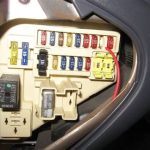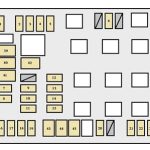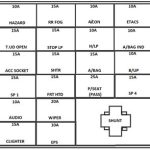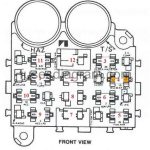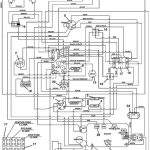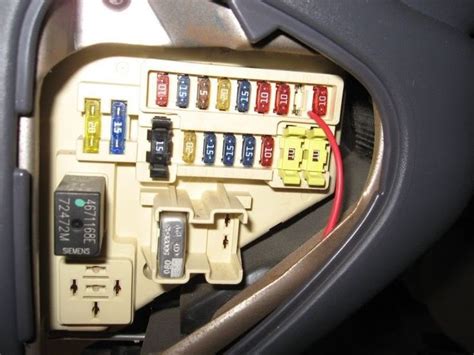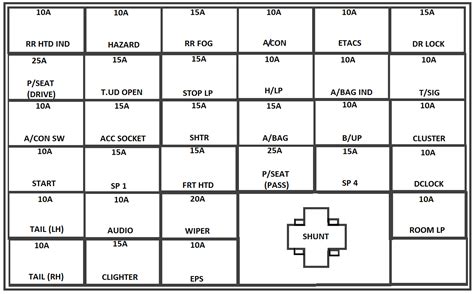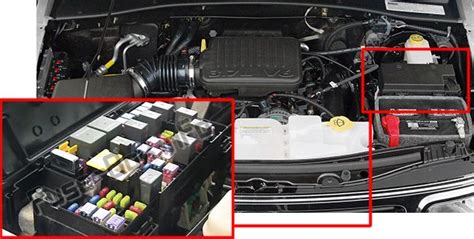Kawasaki KE100 Wiring Diagram: Deciphering Motorcycle Maintenance
Kawasaki Ke100 Wiring Diagram
contributor by : Piers Manning
Alright, folks, buckle up because we’re diving into the thrilling world of the Kawasaki KE100 wiring diagram. Now, I know what you’re thinking – “Wiring diagrams? Really?” But hold onto your helmets, because understanding this diagram is like deciphering the Da Vinci Code of motorcycle maintenance. Picture this: you’re cruising down the highway, wind in your hair, when suddenly, your bike decides to play dead. That’s where this little piece of paper becomes your best friend, guiding you through a maze of wires like a GPS for your motorcycle’s soul. So, grab a cup of coffee, clear your schedule, and let’s unravel the mysteries of the Kawasaki KE100 wiring diagram like the pros we are.
another content from contributor : isuzu 4hk1 wiring diagram
Introduction
Welcome, fellow riders, to the fascinating world of motorcycle maintenance! Today, we’re delving into the intricacies of the Kawasaki KE100 wiring diagram. While it might sound daunting at first, fear not, for I’ll guide you through this journey step by step. So, grab your toolkit and let’s dive in!
Understanding the Basics
Before we tackle the wiring diagram, let’s ensure we’re on the same page about the basics. The Kawasaki KE100, a beloved classic, has been a staple for riders for decades. Its simple design and reliable performance make it a favorite among enthusiasts.
Navigating the Diagram
Now, let’s crack open the wiring diagram. Think of it as your motorcycle’s blueprint, detailing every electrical component and connection. Don’t be intimidated by the lines and symbols; we’ll decipher them together.
Identifying Components
One key aspect of understanding the wiring diagram is identifying the various components. From ignition systems to lighting circuits, each part plays a crucial role in your motorcycle’s functionality.
Troubleshooting Tips
Encountering issues with your Kawasaki KE100? Fear not! Armed with the wiring diagram, troubleshooting becomes a breeze. We’ll discuss common problems and how to address them effectively.
DIY Maintenance
Why rely on expensive mechanics when you can handle maintenance tasks yourself? With the knowledge gained from the wiring diagram, you’ll feel empowered to take on DIY projects and keep your Kawasaki running smoothly.
Ensuring Safety
Safety should always be a top priority when working on your motorcycle. I’ll share essential safety tips to follow while interpreting the wiring diagram and performing maintenance tasks.
Conclusion
As we wrap up our exploration of the Kawasaki KE100 wiring diagram, I hope you feel more confident in deciphering and utilizing this invaluable tool. Remember, knowledge is power, and with it, you can conquer any maintenance challenge that comes your way!
As we reach the end of our journey exploring the intricacies of the Kawasaki KE100 wiring diagram, I hope you’ve gained valuable insights into the world of motorcycle maintenance. Remember, knowledge is key to overcoming any challenge that may arise while maintaining your beloved Kawasaki KE100. By understanding the wiring diagram, you empower yourself to troubleshoot issues, perform DIY maintenance tasks, and ensure the safety and longevity of your motorcycle.
Furthermore, don’t hesitate to seek additional resources and guidance as you continue your maintenance journey. Online forums, tutorial videos, and expert advice can provide valuable support and expand your understanding of the intricacies of motorcycle wiring. Stay curious, stay informed, and never underestimate the power of continuous learning.
Finally, I encourage you to share your newfound knowledge and experiences with fellow riders. By fostering a community of enthusiasts who are passionate about motorcycle maintenance, we can all contribute to a safer and more enjoyable riding experience for everyone. Together, let’s continue to explore, learn, and grow as motorcycle enthusiasts.
Readmore for this Articles: HERE
Keywords : Kawasaki KE100, Wiring Diagram, Motorcycle Maintenance, DIY Tasks, Troubleshooting
